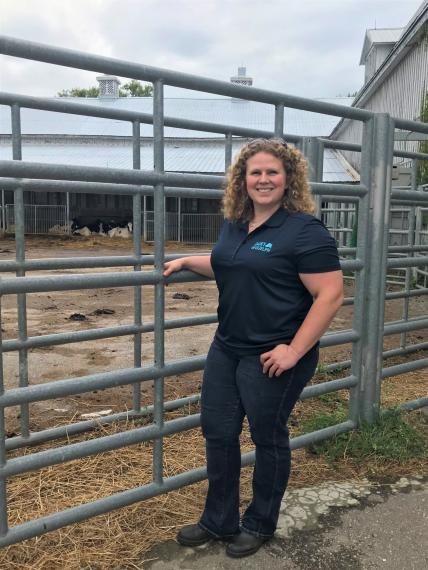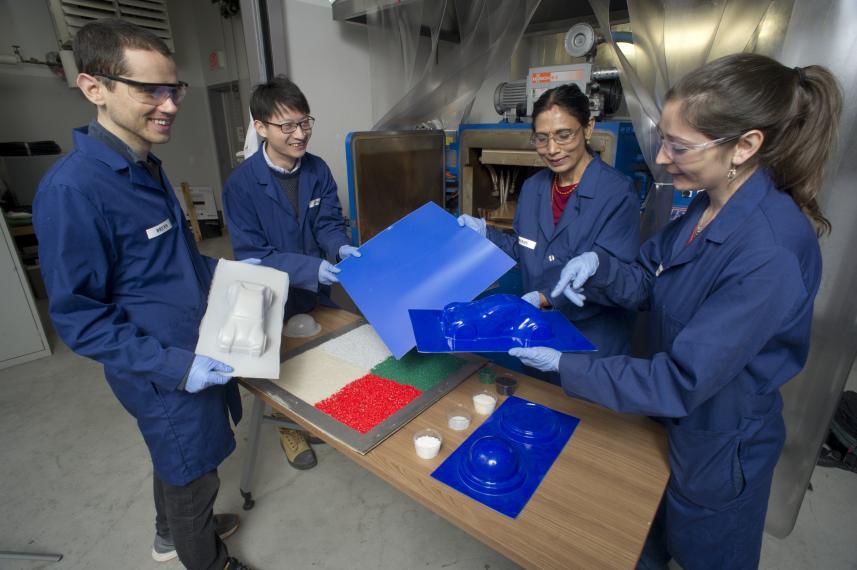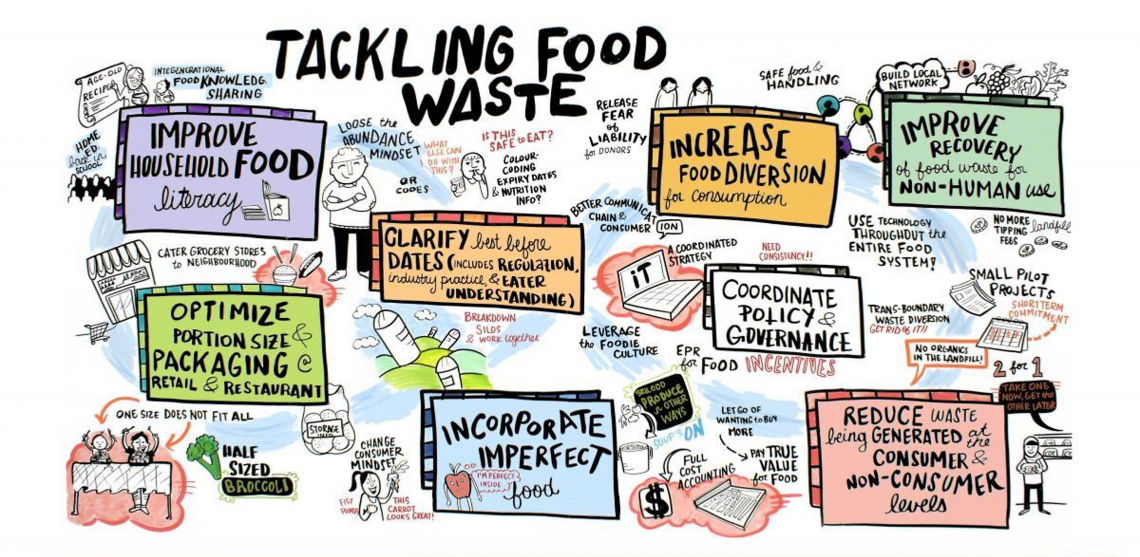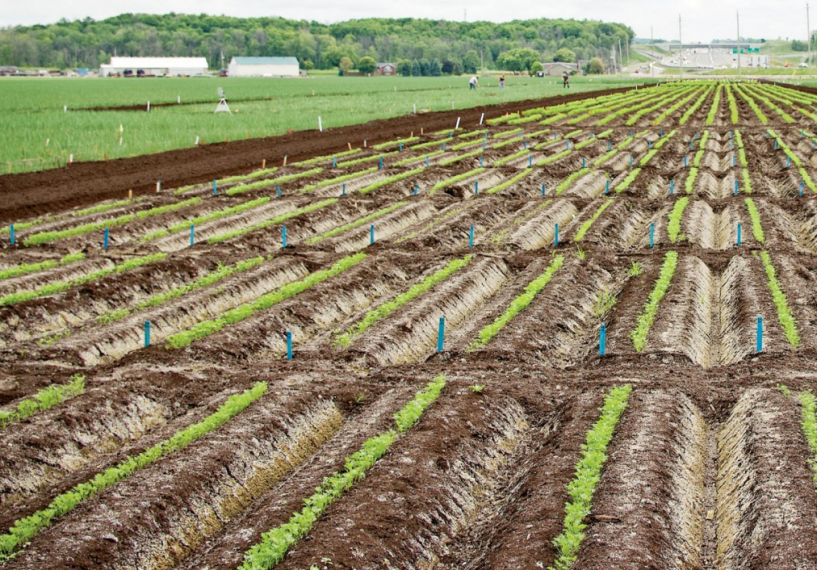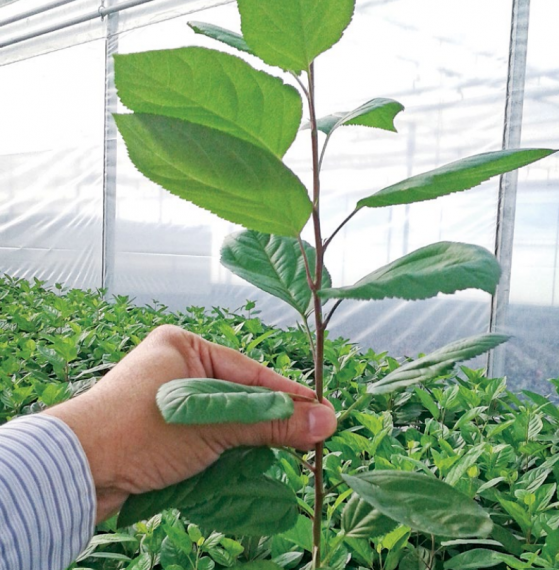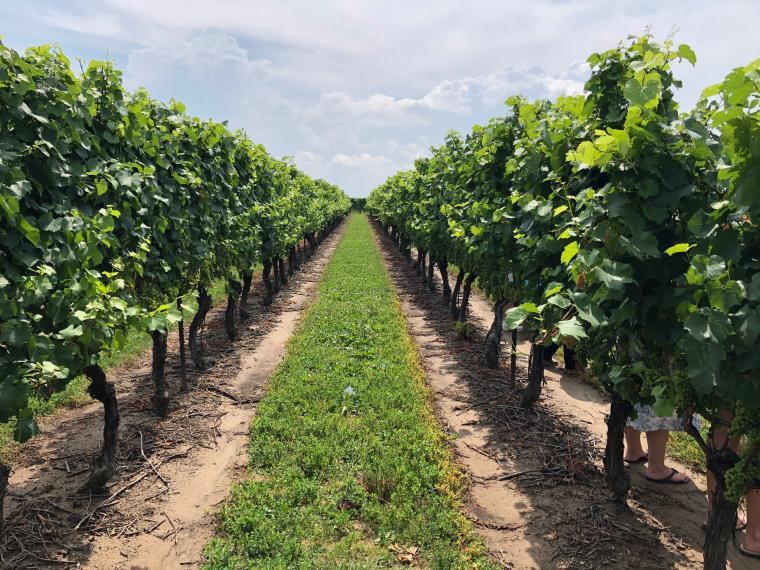
Cheers to hardier vines: Helping Ontario’s wine sector develop more cold-resistant grapevines
The growth of the Ontario wine sector depends partly on grapevines’ ability to withstand changing climate—in particular, the more unpredictable deep freezes that challenge the vines’ ability to bounce back in the spring.


